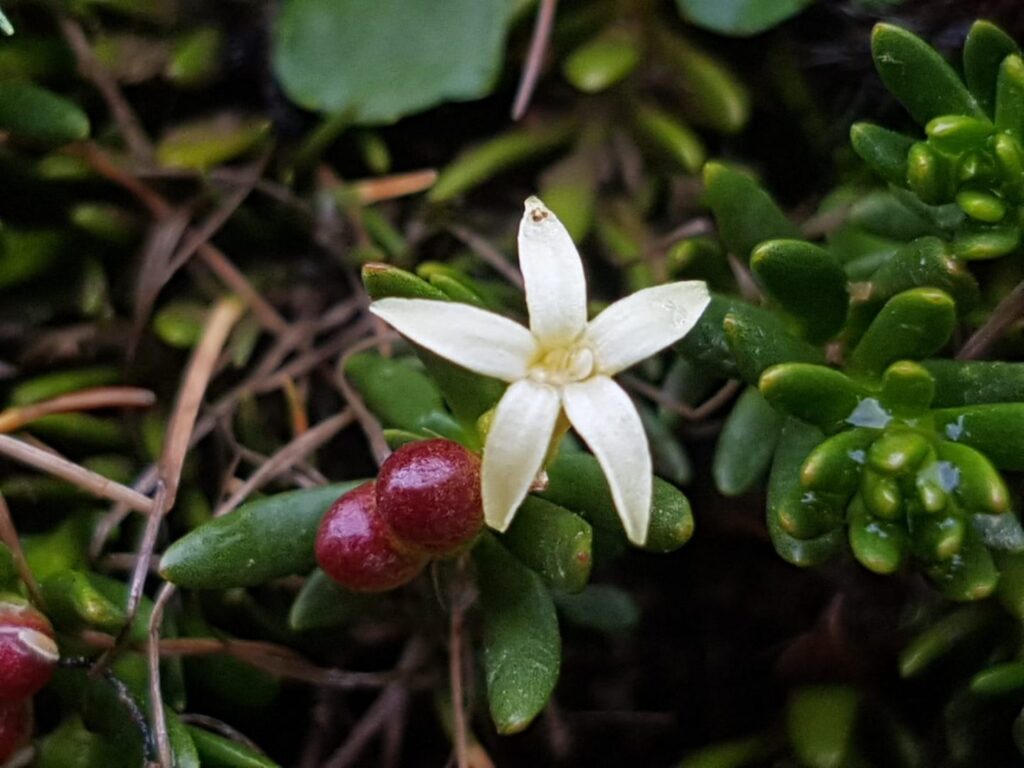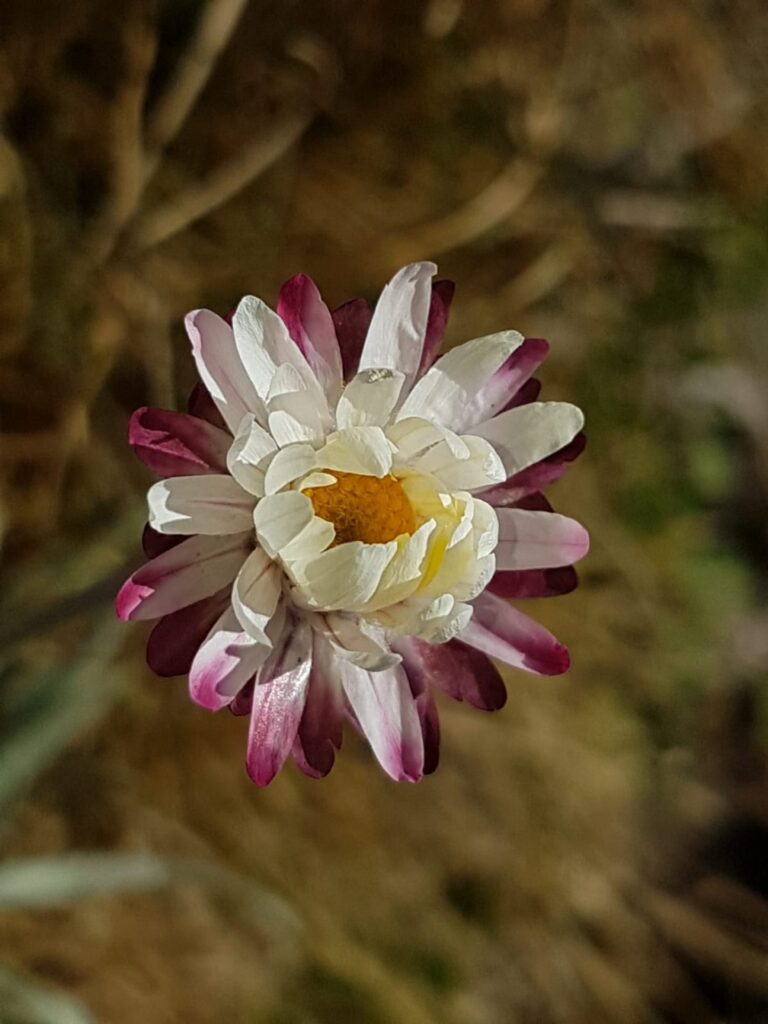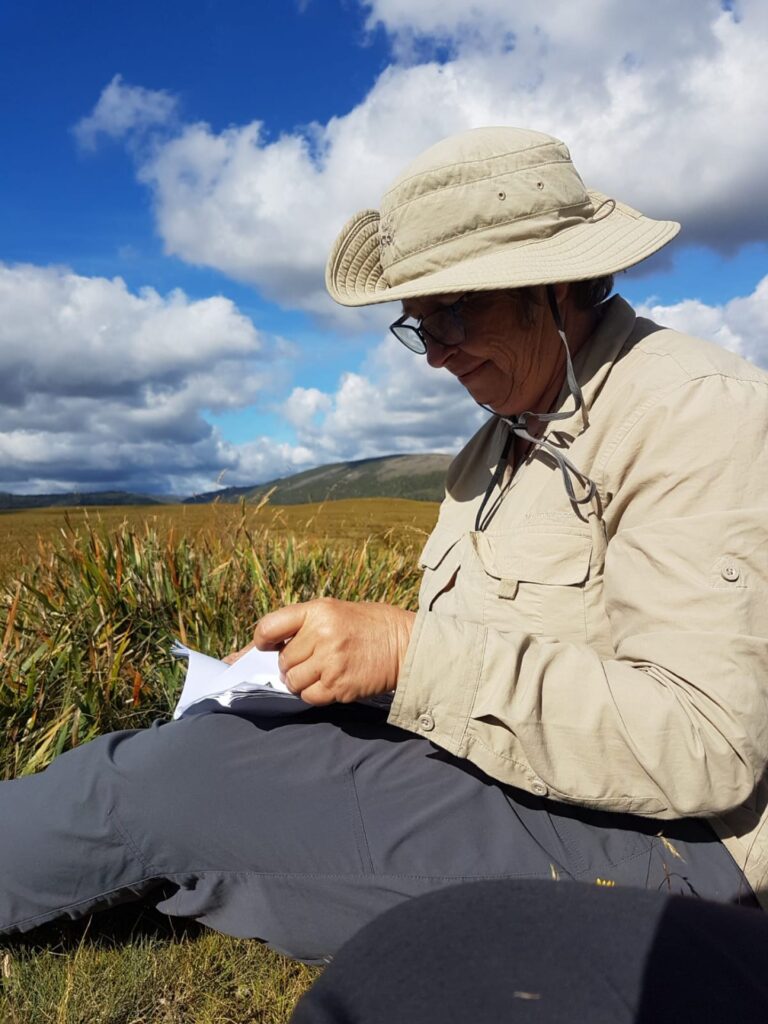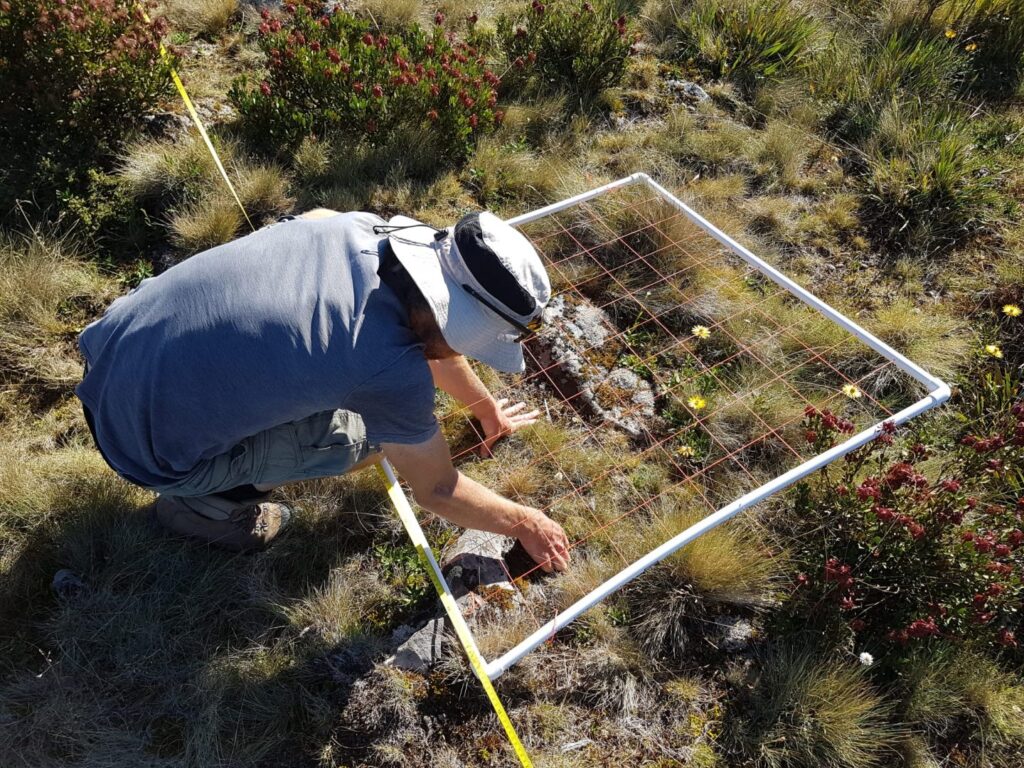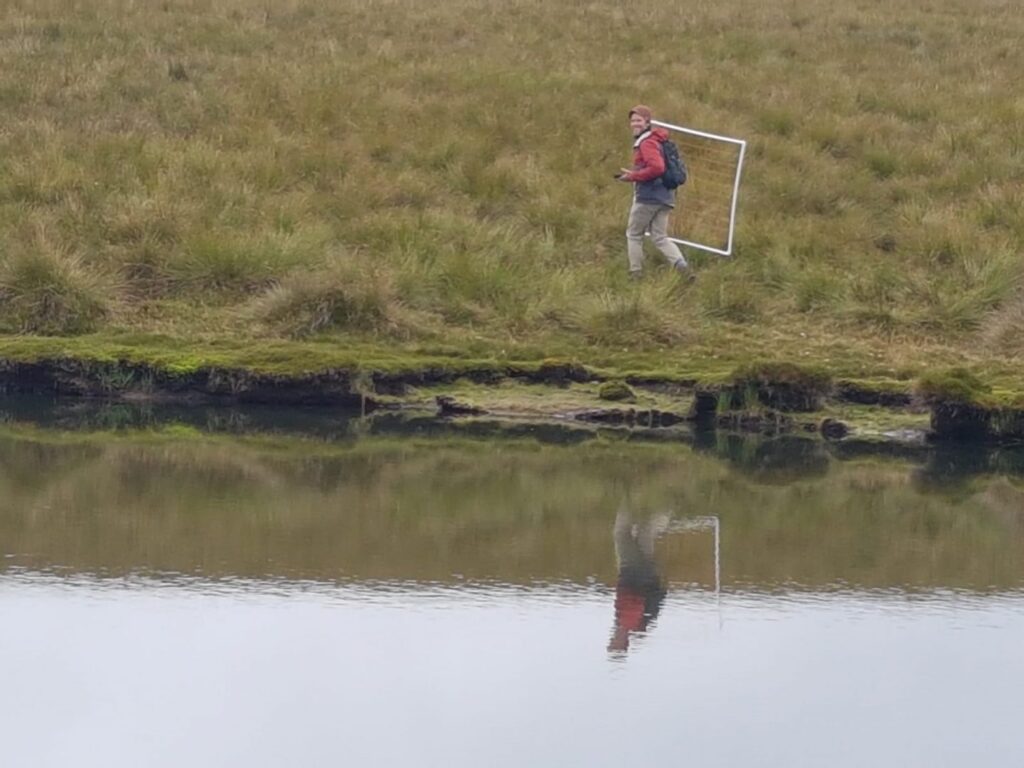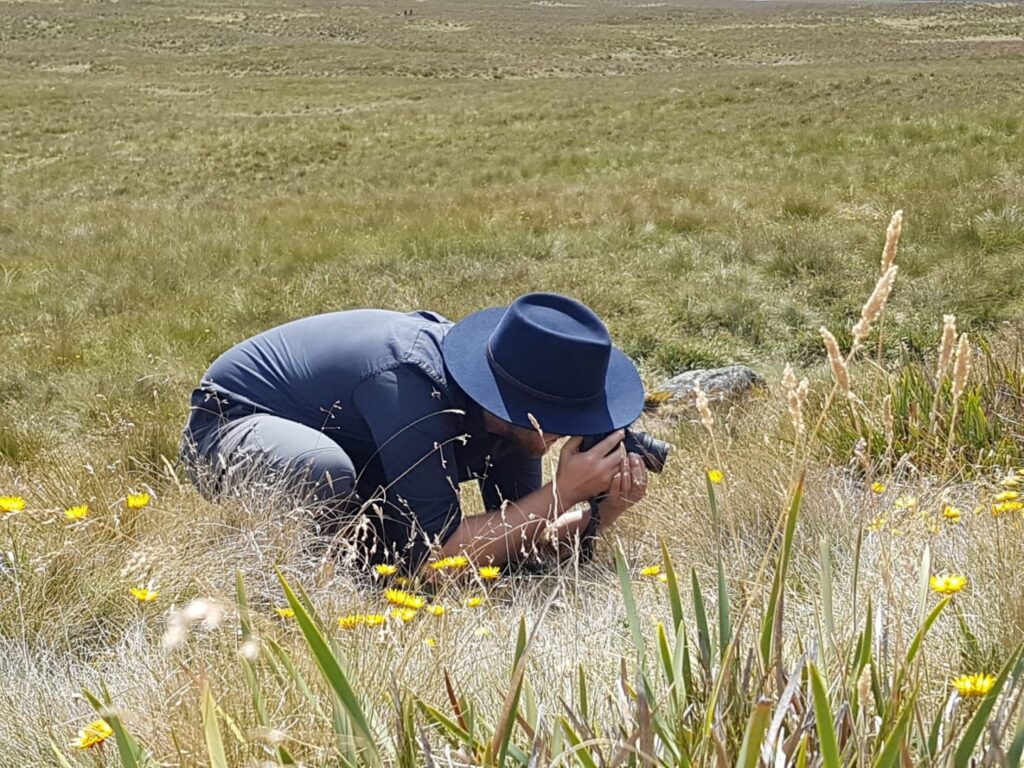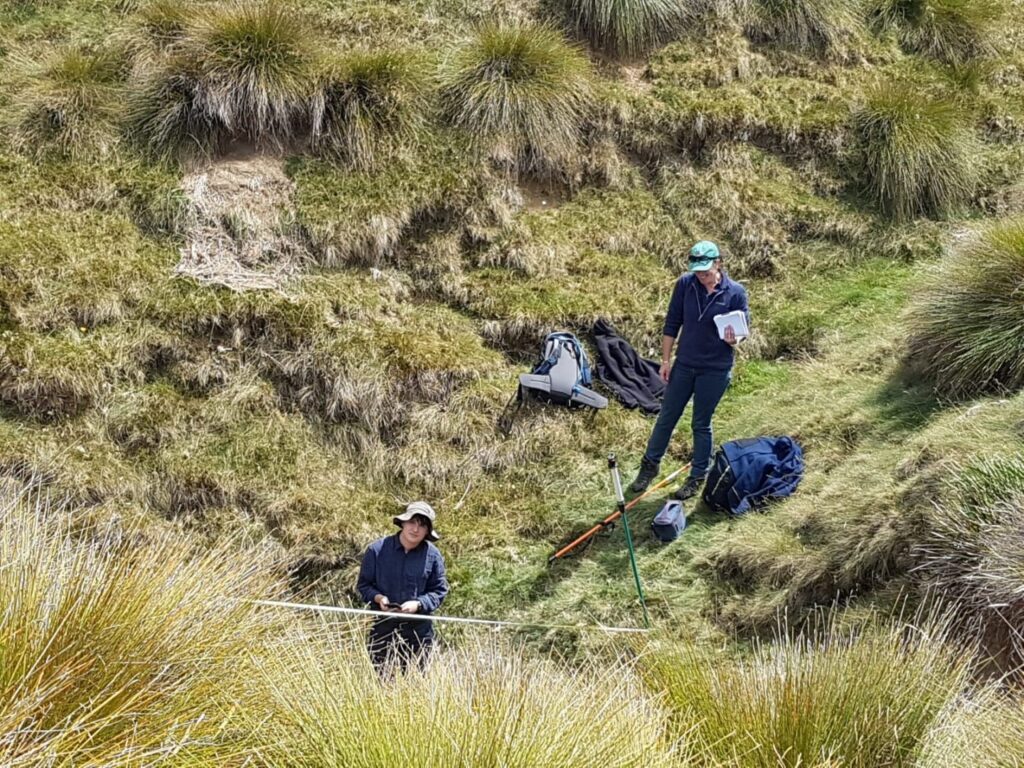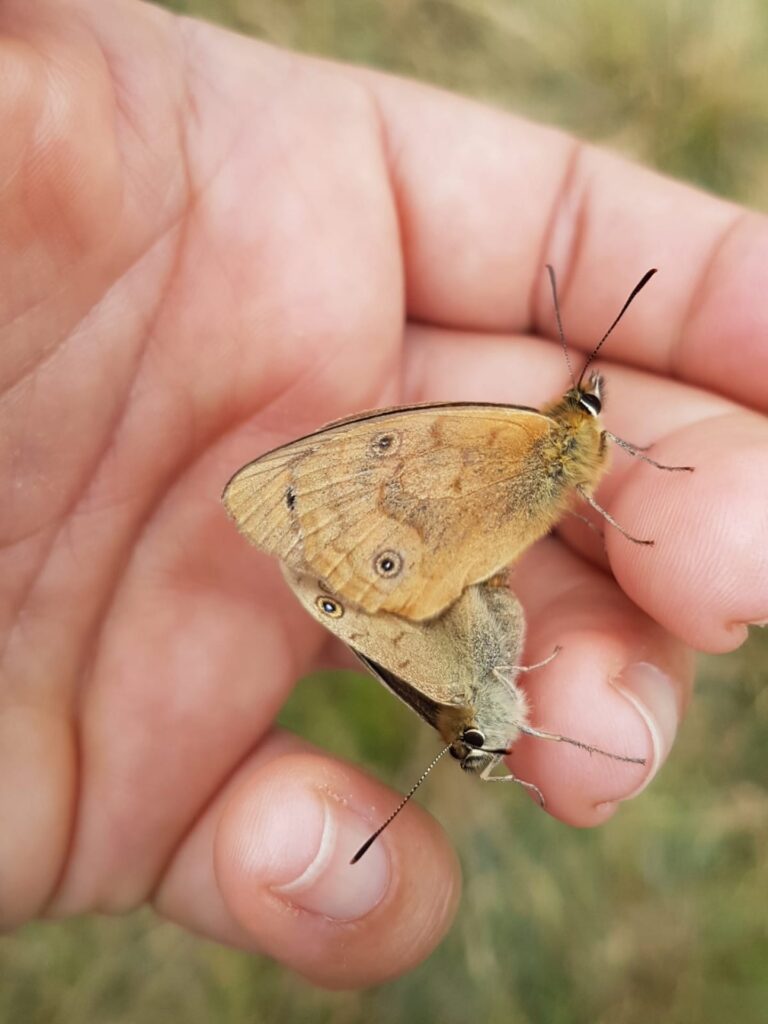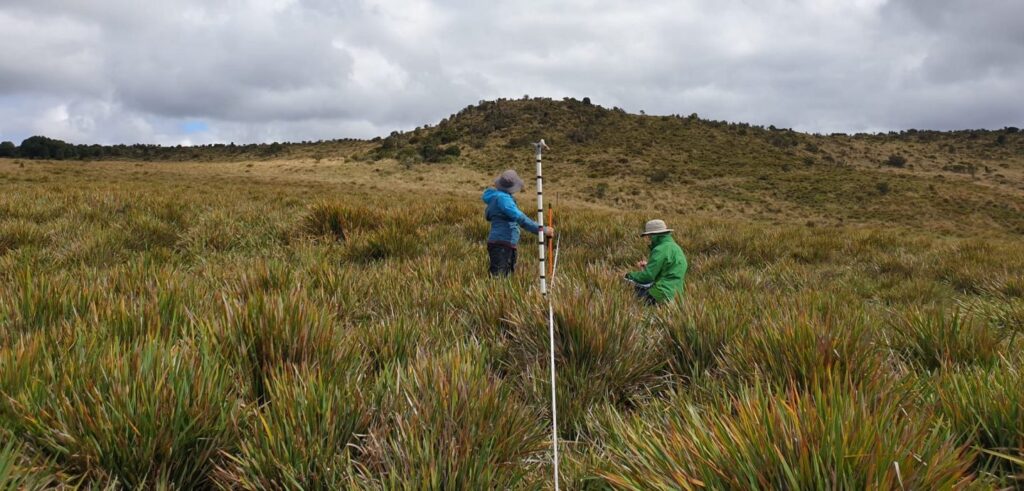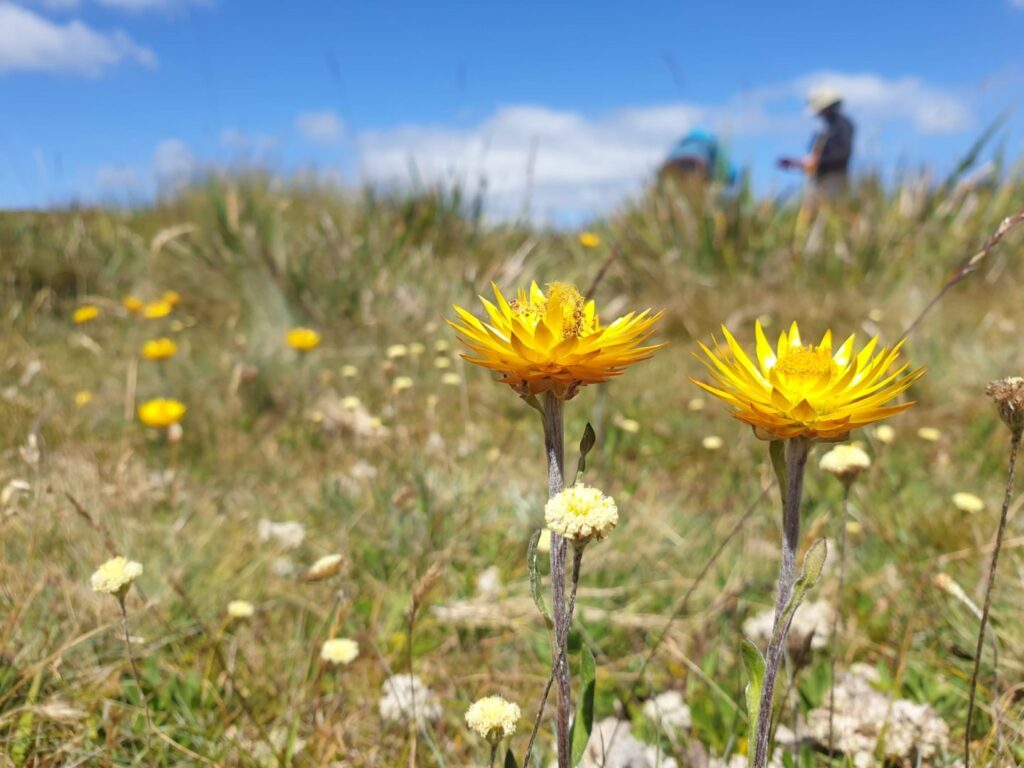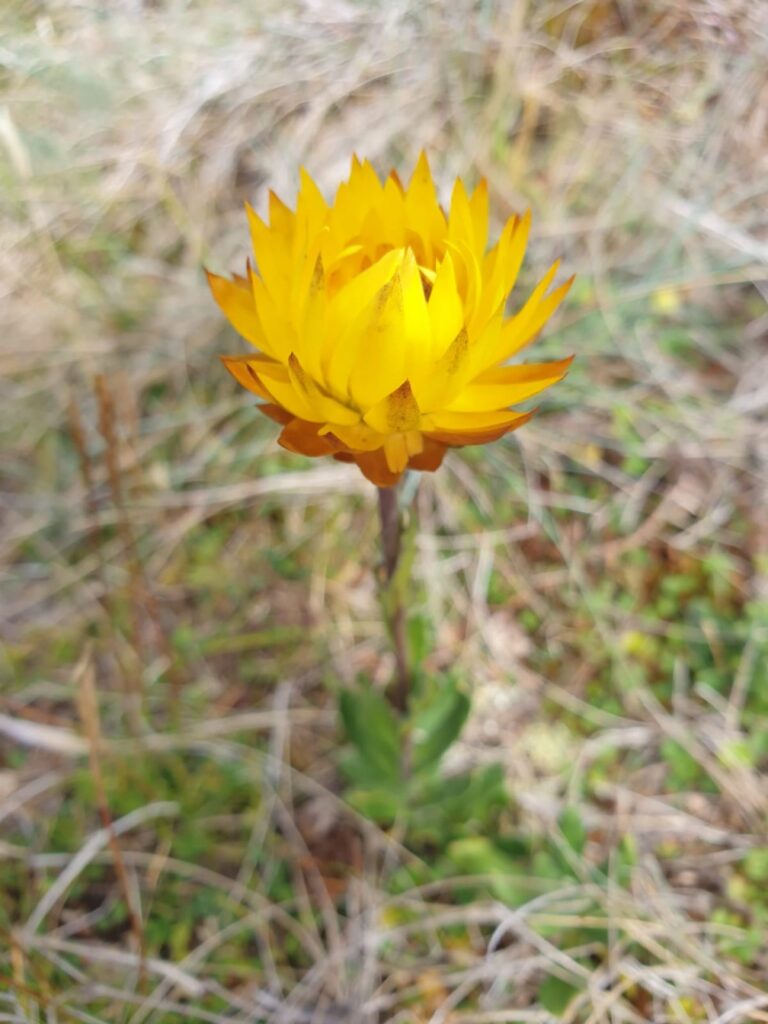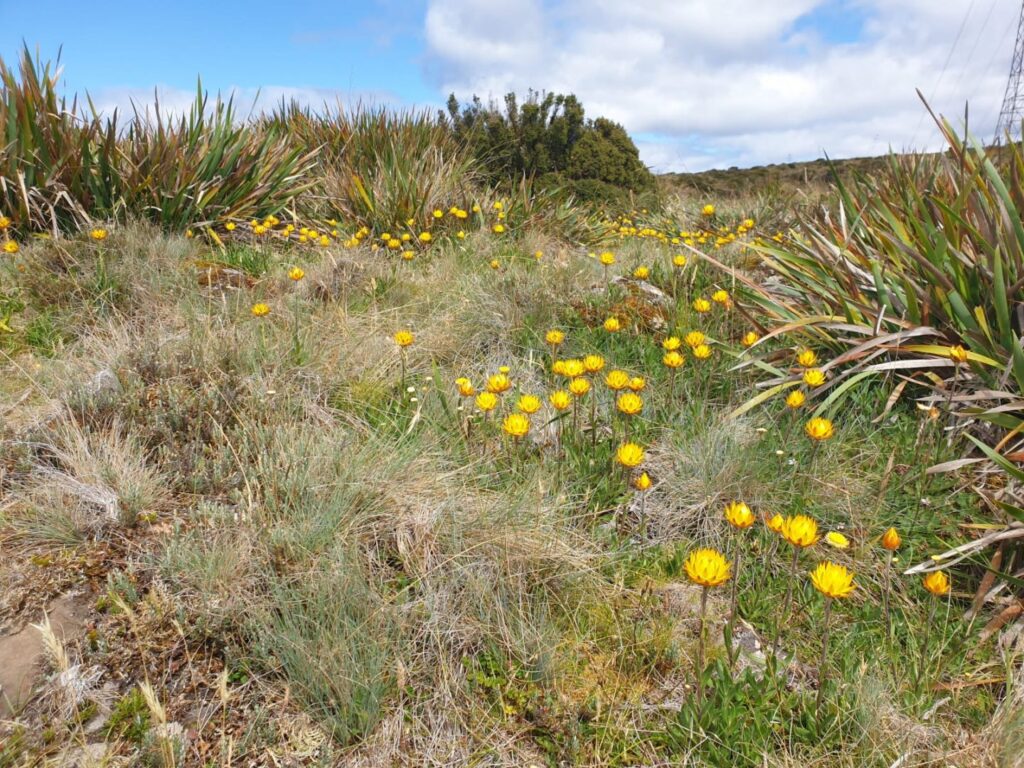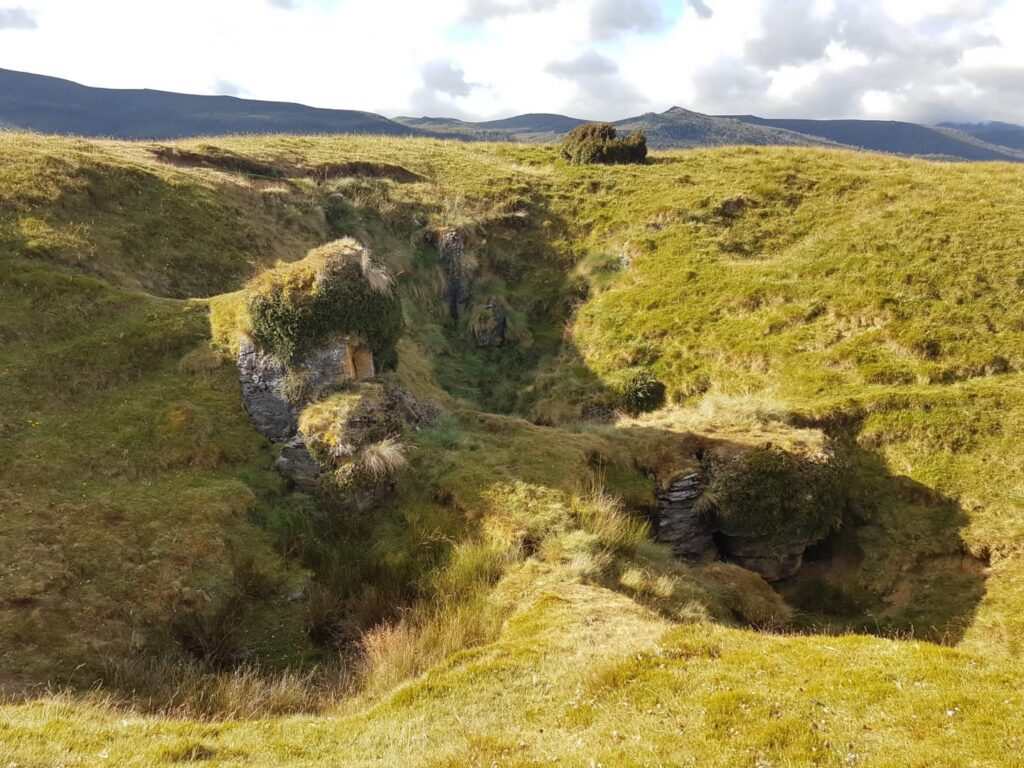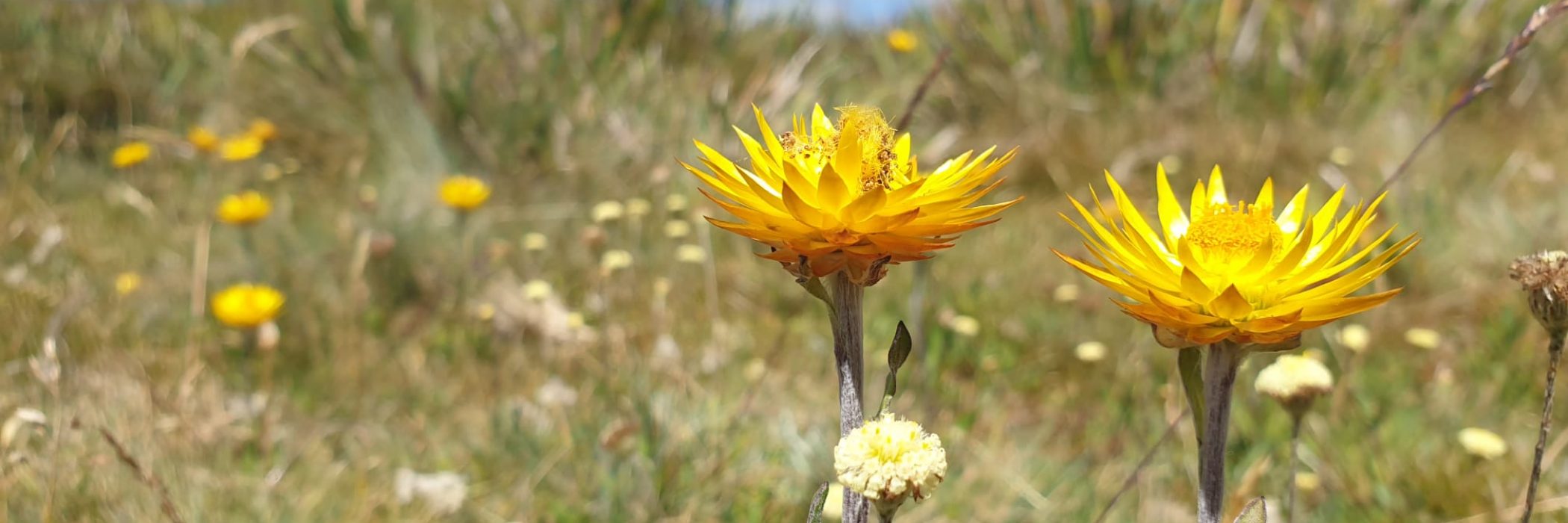Counting flowers at the Vale of Belvoir
Summer brings field work, with longer days and (occasionally) more clement weather, getting the science team out on our reserves. Earlier this month the team made a monitoring trip to the Vale of Belvoir Reserve.
The Vale of Belvoir Reserve is a hotspot for threatened plants. It is home to two particularly important species, alpine candles (Stackhousia pulvinaris) and grassland paperdaisy (Leucochrysum albicans var. tricolor). While these plants can be found elsewhere, the Vale hosts the largest populations of each, and their continued flourishing in this location is vital to their future. The alpine candles have had a particularly good year, with healthy populations observed across the reserve.
At the Vale, the science team conducts three important tasks: establishing additional long-term monitoring (both vegetation transects and wildlife cameras); repeating monitoring quadrats for alpine candles and grassland paperdaisy; and monitoring the impacts of fire and cattle grazing.
Disturbance is a key part of managing grassland areas at the Vale — without enough disturbance, large grass and sedge tussocks start to dominate and shade out small herb species, lowering the species diversity. Cattle have grazed at the Vale each summer for at least the last 100 years, however their numbers have been slowly reducing since TLC purchased the property and have been excluded from parts of the Vale to protect sensitive wetlands.
The team compares flora diversity in grazed and un-grazed areas: the two areas are now almost indistinguishable – cattle populations have been dropping and the cows are roaming a larger area, so their impact has been reduced. Most of the grazing these days is from wombats and wallabies. Part of our ongoing work will be to determine the impacts reduced cattle grazing has had and whether we need to undertake management actions in response.
The new vegetation transects have been established to help us better manage the reserve with fire as cattle grazing continues to decrease. We check whether rare plants are present and assess species diversity and the structure of vegetation communities. This year the team prioritised the transects in the north-west of the reserve where our 2022 ecological planned burn is scheduled.
This trip we were joined by volunteers Pippi Lawn, Charlie Taylor, Rae Young, Nat Tapson, Nancy van Nieuwvenhove and Phillip Milner: their help and enthusiasm was invaluable and we literally could not have done this work without them.
